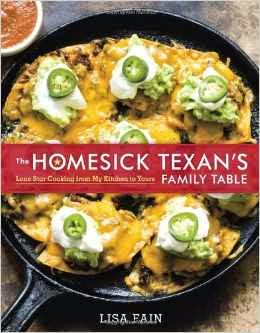In research published recently in the International Food and Agribusiness Management Review, my colleagues and I found otherwise:
In contrast with the conventional wisdom, the results show that high poverty block groups had closer proximity to the nearest supermarket than other block groups did, on average: 85.6% of high-poverty block groups had a supermarket within 1 mile, while 76.8% of lower-poverty block groups had a supermarket within this distance.This finding makes sense when you consider the average population density of poor neighborhoods. Low-income neighborhoods may be urban or rural, but on average they are more likely than other neighborhoods to be urban and population-dense. Supermarkets tend to locate reasonably close to where people live.
When measuring local food retail access, it is useful to recognize that most Americans drive to grocery stores. Even though low-income Americans are less likely to own an automobile, this basic reliance on driving is true even for most low-income Americans. We found that the population living far from a supermarket and lacking an automobile is fairly small:
Population density is a strong predictor of proximity to the nearest supermarket. Block groups with very high population density generally had very close proximity to a nearest supermarket. In block groups lacking a nearby supermarket, rates of automobile access generally were quite high (more than 95%), although this still leaves almost 5% of the population in these areas lacking both an automobile and a nearby supermarket.Other recent research on the food retail environment similarly emphasizes the importance of automobile access. For example, see a fascinating report by Mabli and Ohls (.pdf) on the website of USDA's Food and Nutrition Service.
It is worthwhile to compare these findings to other influential literature on lack of access to supermarkets. The online tool from the Reinvestment Fund identifies areas with Limited Supermarket Access (LSAs). The detailed report (.pdf) from the Reinvestment Fund agrees with our findings in several respects. For example, Table 2 in the TRF report confirms that low-population-density neighborhoods tend to have high average rates of automobile access (above 95%). Table 3 in the TRF report shows that neighborhoods with higher population density and lower average rates of automobile access typically have very short median distances (much less than a mile) to the nearest supermarket. The Reinvestment Fund classifies a particular neighborhood as having Limited Supermarket Access if the nearest supermarket is farther than a threshold distance based on non-poor neighborhoods with similar automobile access and population density. In urban areas, the threshold distance may be four fifths of a mile away, and in some cases merely a third of a mile away.
Because supermarkets are an automobile-oriented retail format, I have some misgivings about defining limited access using such short threshold distances, even for low-income populations. But I am eager to hear the views of others on that question.
The implied remedy in any method for identifying areas without supermarkets is to invite or persuade a supermarket to locate in a particular location. The new supermarket outlet will have to compete with other stores that customers at all income levels may prefer. The new store will not have a captive market. Of course, if communities put great effort into attracting a supermarket, we hope it will succeed and thrive once it gets there!












